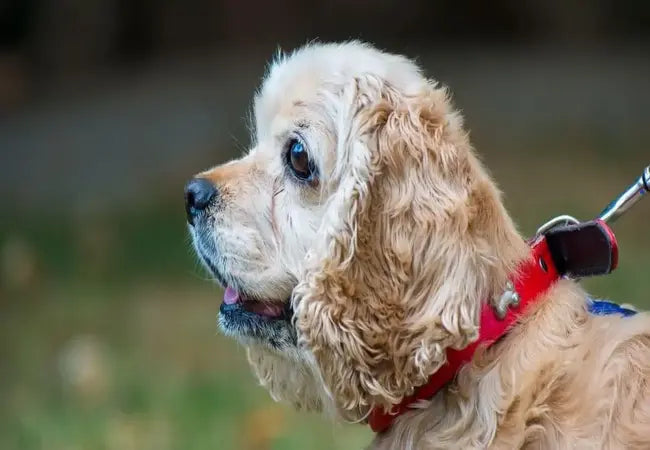Vet‑Approved 2025 Guide: Dog Gallbladder Removal – What to Know Before, During & After Surgery 🐶💉

In this article
Vet‑Approved 2025 Guide: Dog Gallbladder Removal – What to Know Before, During & After Surgery🐶💉
By Dr. Duncan Houston BVSc
Gallbladder removal in dogs—known as cholecystectomy—is a complex yet often life-saving surgery needed for conditions like gallbladder mucoceles, stones, infection, bile duct obstruction, or rupture. While not common, it’s critical for dogs showing signs of biliary disease. In this in-depth 2025 guide by Dr. Duncan Houston BVSc, you'll learn why it's performed, how it's done, pre‑ and post‑operative care, potential complications, dietary strategies, and help from supportive tools like Ask A Vet.
🔍 Why Dogs Need Gallbladder Removal
Indications include:
- Gallbladder mucocele: thick mucus blocks bile flow; risk of rupture.
- Gallstones or sludge causing obstruction or infection.
- Cholecystitis or bacterial infection within the gallbladder.
- Bile duct obstruction from tumors, pancreatitis, or inflammation.
- Ruptured gallbladder causing bile peritonitis—a surgical emergency.
📊 Common Signs of Disease
While presentations vary, many dogs exhibit non‑specific signs like:
- Vomiting, inappetence, lethargy.
- Jaundice (yellow gums/eyes).
- Abdominal pain, distension, fever, rapid breathing/heart rate.
- Some dogs are asymptomatic; mucoceles can be found incidentally.
🩺 Diagnostic Work‑Up
- Blood work & chemistry: elevated liver enzymes (ALP, GGT, ALT, AST), hyperbilirubinemia.
- Coagulation panel: checks bleeding risk.
- Urinalysis: may show bilirubin.
- Imaging: ultrasound is critical for visualization; radiographs may show hepatomegaly.
- Advanced imaging (CT): used if needed to assess duct patency.
🛠️ Pre‑Operative Preparation
- Stabilization: IV fluids, antibiotics, vitamins (e.g., SAM-e, milk thistle).
- Correction of electrolytes and coagulopathies.
- ECG and cardiac monitoring, especially in senior dogs.
- Pain control via pre-op patches or injectables.
- Hospitalization 1–2 days before surgery for stabilization.
🔬 Surgical Procedure
Typically performed under general anesthesia via open laparotomy:
- Midline abdominal incision.
- Exploratory inspection of liver, bile ducts, intestines.
- Cholecystectomy: dissection and removal of the gallbladder at the bile duct junction. If the duct is obstructed, it may require catheterization or bypass.
- Bile duct check; flush or stent if needed.
- Bile/liver biopsy samples sent for culture/histopathology.
- Ensuring hemostasis, placing drains if risk of leakage or infection.
- Closure of the abdominal wall and skin.
⚠️ Potential Complications & Risks
- Vomiting/regurgitation: very common post-op—seen in ~65% of cases.
- Pancreatitis occurs in ~23%.
- Bleeding, bile leakage, infection or peritonitis.
- Common bile duct obstruction requiring revision surgery.
- Mortality during perioperative period: 20–39% in mucocele cases; rupture and infection significantly increase risk.
🏥 Hospital Stay & Immediate Post‑Op Care
- Usually, a 5–7 day hospital stay with intensive monitoring.
- IV fluids, pain relief, and antibiotics.
- Drain and/or feeding tube if used.
- Frequent monitoring of vital signs, bloodwork, and bile leakage signs.
🍽️ Home Convalescence & Diet
- Strict rest: leash walks only for 10–14 days; no stairs, running, jumping.
- Incision care: keep clean, dry; prevent licking with e-collar.
- Diet: low-fat, bland diet short term to reduce liver and GI stress; long-term liver support diets if needed.
- Medications: pain relief, anti-nausea, antibiotics, liver support (SAM-e, milk thistle).
- Follow-up: rechecks at 1–2 weeks for wound, bloodwork, diet planning; long-term labs and imaging for liver health.
🧭 Recovery & Long‑Term Outlook
Dogs surviving the critical period usually fare well:
- Post-op complications decline after 2 weeks.
- With early removal (e.g., mucocele), the prognosis is excellent.
- Dogs without rupture or infection generally return to near-normal life.
- Possible need for lifelong liver support if the disease persists.
🛠️ Comfort & Enrichment During Recovery
- Ask A Vet: Ideal for post-op photo check-ins, medication adjustments, and subtle symptom evaluation without extra clinic trips.
📞 When to Contact Your Vet Immediately
- Persistent vomiting or diarrhea beyond 24–48 hrs
- Yellowing of skin/gums, indicating jaundice
- Abdominal swelling, pain, breathing difficulty
- Fever, lethargy, refusal to eat/drink for >24 hrs
- Worsening incision redness, discharge, swelling
🏁 Final Thoughts
Cholecystectomy can be critical for dogs with gallbladder disease. Though associated with significant risk, careful stabilization, thorough surgical technique, intensive hospital care, and thoughtful home recovery dramatically improve outcomes. Most dogs regain good quality of life—especially when supported with gentle rest, specialized diets, and comfort aids like Ask A Vet. If your dog is facing this procedure, lean on your veterinary team and these tools to ensure the best path to recovery and renewed vitality. 🐾❤️






